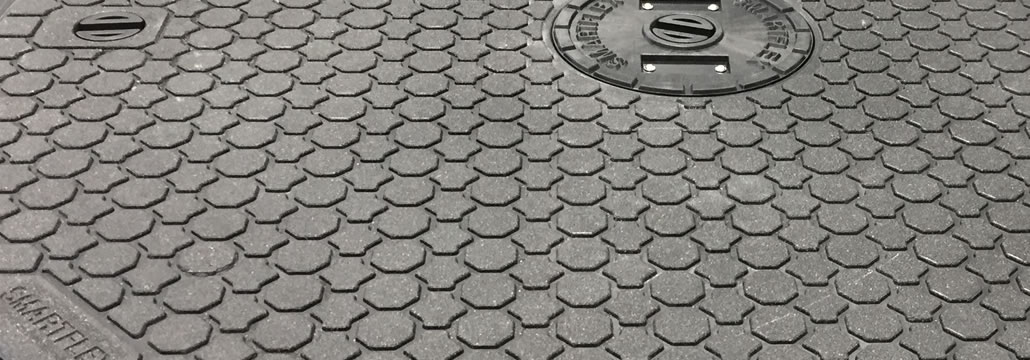
Structural Rigid Foams
Structural foam moulding is a process that allows huge flexibility with the size and weight of structural parts. Though similar to injection moulding, this method uses much less pressure allowing components to have differing wall sections and characteristics. The end product tends to be lightweight and rigid with a relatively hard surface.
The structural foam moulding process requires a gas to be mixed with the selected material. This mixture is injected into a mould where the gas expands, filling the mould cavity. Alternatively, the same results are achieved by chemical reaction within the polyurethane material creating a foaming action. When the foaming plastic touches the cold mould wall it solidifies, producing a tough outer skin.
Advantages
- Tough outer skin with a lightweight rigid core
- Can be finished or Painted to a high standard
- Significantly lower tooling costs
- Excellent chemical and heat resistant qualities
- Other metal, wood or plastic sub components can be moulded in
- Acoustic properties
- Flame retardant
- Antibacterial and antimicrobial properties can be achieved
- Parts can be RFI shielded
Typical polyurethane material specifications
| Elastomer | Elastomer | Flexible PU foam | Structural rigid foam | Structural rigid foam | Insulation foam | |
| Moulded properties | CG9 9026 72D | CG9 9007 70A MF | IS DP6252ZM | Isofoam RM 509W | Isofoam RM 522W | – |
| Hardness , Shore A | – | 70 | 45-75 | 96 | – | 160 |
| Hardness , Shore D | 72 | – | – | 42 | 54 | – |
| Thermal Conductivity (Wm-1 K-1) | – | – | – | 0.05 | – | 0.03 |
| Tensile strength (Kpa) | 20 | 7 | 1370 – 1375 | 5700 | – | – |
| Elongation (%) | 26 | 215 | 75 – 109 | 4.3 | – | – |
| Tear Strength (N/nm) | – | – | 5.3 – 5.45 | – | – | – |
| Burn characteristics (mm/min.) | – | – | <100 | – | – | – |
(Estimated values for reference only)

